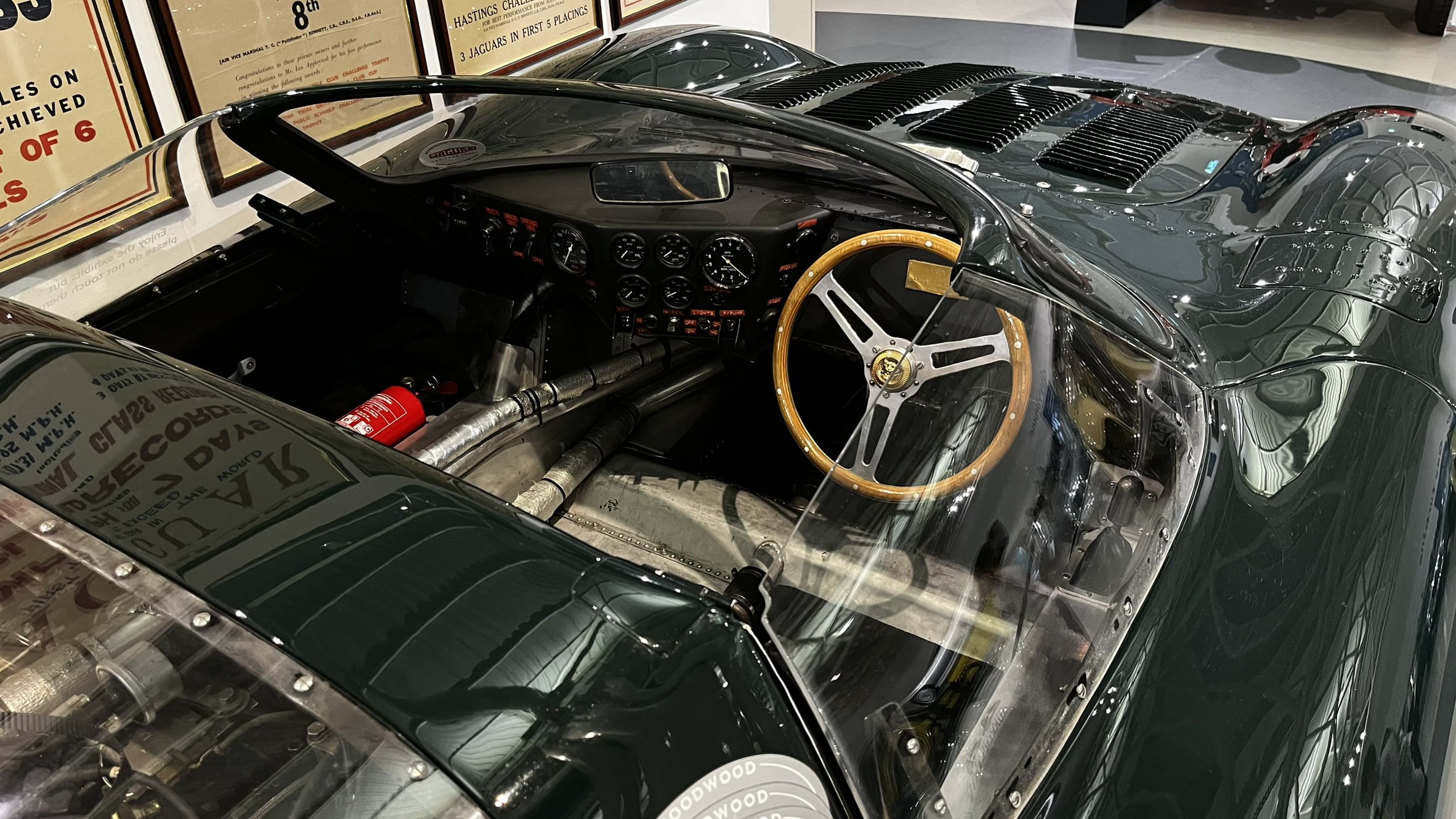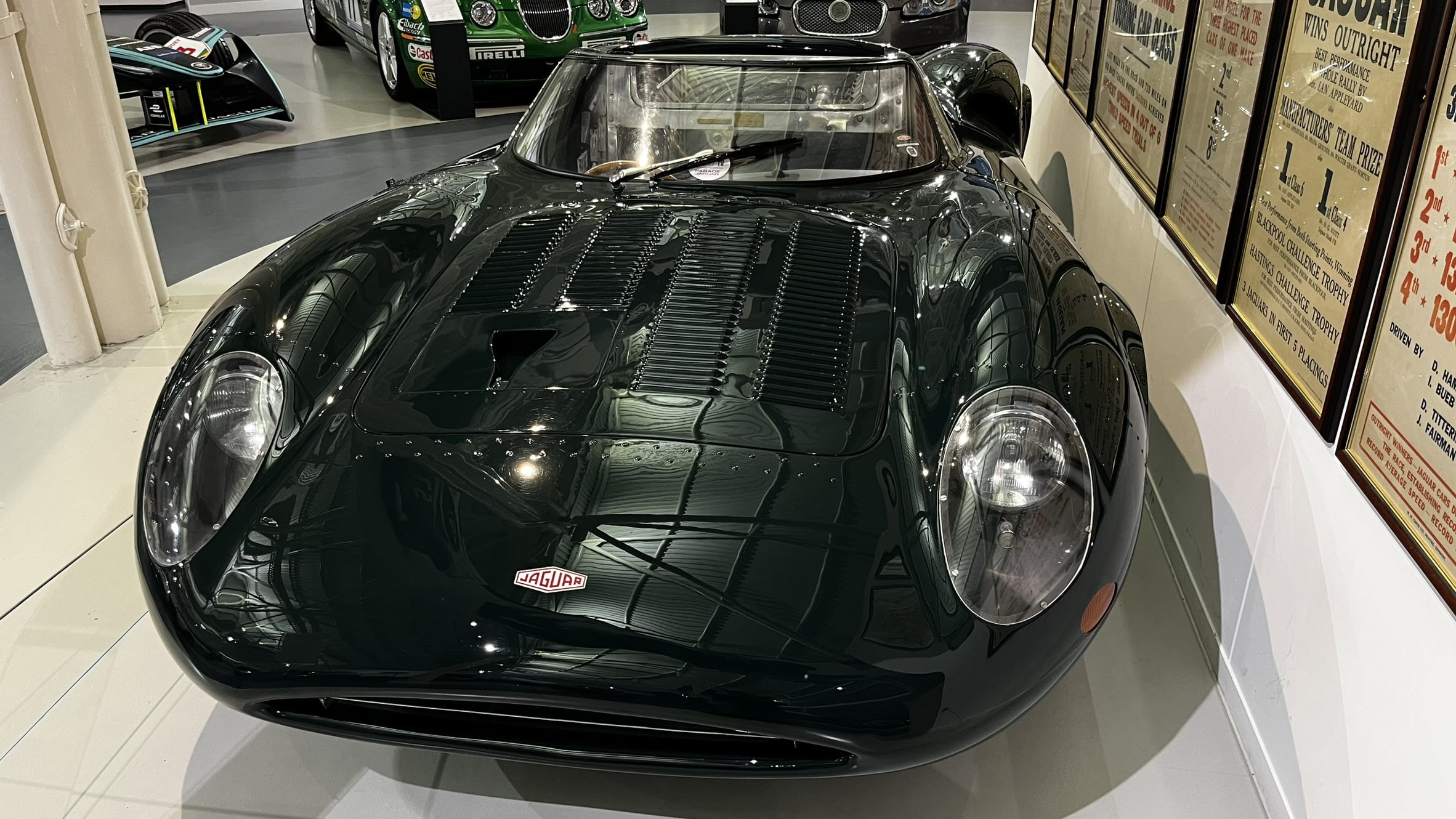1966 Jaguar XJ13
The Jaguar XJ13 is one of the most enigmatic and legendary cars in automotive history. Conceived in the 1960s as Jaguar’s contender for the 24 Hours of Le Mans, the XJ13 was a bold leap forward in design and engineering. Although it never raced competitively, its story is filled with intrigue and what-ifs, making it a beloved icon among car enthusiasts. This article explores the history, design, engineering, and enduring legacy of the Jaguar XJ13.






The Jaguar XJ13 was developed during a period when Jaguar sought to return to its former racing glory. The company had achieved great success at Le Mans in the 1950s with its C-Type and D-Type cars, but by the early 1960s, Jaguar had shifted its focus away from motorsport. However, the allure of Le Mans and the advancements in automotive technology spurred Jaguar to create a new racing prototype. Work on the XJ13 began in 1965 under the direction of Jaguar’s chief engineer, William Heynes. The goal was to build a car that could compete with the dominant Ford GT40 and Ferrari prototypes. The project was shrouded in secrecy, and the XJ13 was designed to be a mid-engine car, a first for Jaguar.
The design of the Jaguar XJ13 is a masterpiece of automotive artistry. Crafted by Malcolm Sayer, the same aerodynamicist responsible for the C-Type and D-Type, the XJ13 features sleek, flowing lines and an aggressive stance. Its low, wide body is characterized by a teardrop-shaped cockpit, prominent wheel arches, and a pronounced rear end, all designed to optimize aerodynamics. The car’s aluminum monocoque chassis and lightweight body panels contribute to its performance-oriented design. The mid-engine layout, with the engine placed behind the driver but ahead of the rear axle, ensures excellent weight distribution and handling characteristics. Inside, the XJ13 is purely functional, with minimalistic instrumentation and controls focused on providing the driver with essential information and feedback. The spartan interior reflects its purpose as a racing machine, where performance takes precedence over luxury.
At the heart of the Jaguar XJ13 lies a 5.0-liter V12 engine, developed specifically for this car. This all-aluminum, quad-cam engine was a marvel of engineering, producing an estimated 502 horsepower. The engine’s power was transmitted through a five-speed manual transaxle gearbox, contributing to the car’s exceptional performance potential. The XJ13’s performance figures were impressive for its time. It was capable of reaching a top speed of around 175 mph and could accelerate from 0 to 60 mph in under 4 seconds. The car’s advanced suspension, featuring double wishbones and coil springs, provided excellent handling and stability at high speeds.
Despite its advanced design and engineering, the Jaguar XJ13 never had the opportunity to prove itself on the racing circuit. By the time the car was ready for testing in 1966, changes in Le Mans regulations and Jaguar’s financial difficulties led to the cancellation of the racing program. The XJ13 remained a prototype, and only one example was ever built. In 1971, the XJ13 was brought out of storage for a promotional film to celebrate the launch of the Jaguar E-Type V12. During the filming, the car suffered a dramatic crash due to a tire failure at high speed. Fortunately, driver Norman Dewis was unhurt, but the XJ13 was heavily damaged. The car was subsequently rebuilt by Jaguar and returned to its former glory, preserving this unique piece of automotive history.